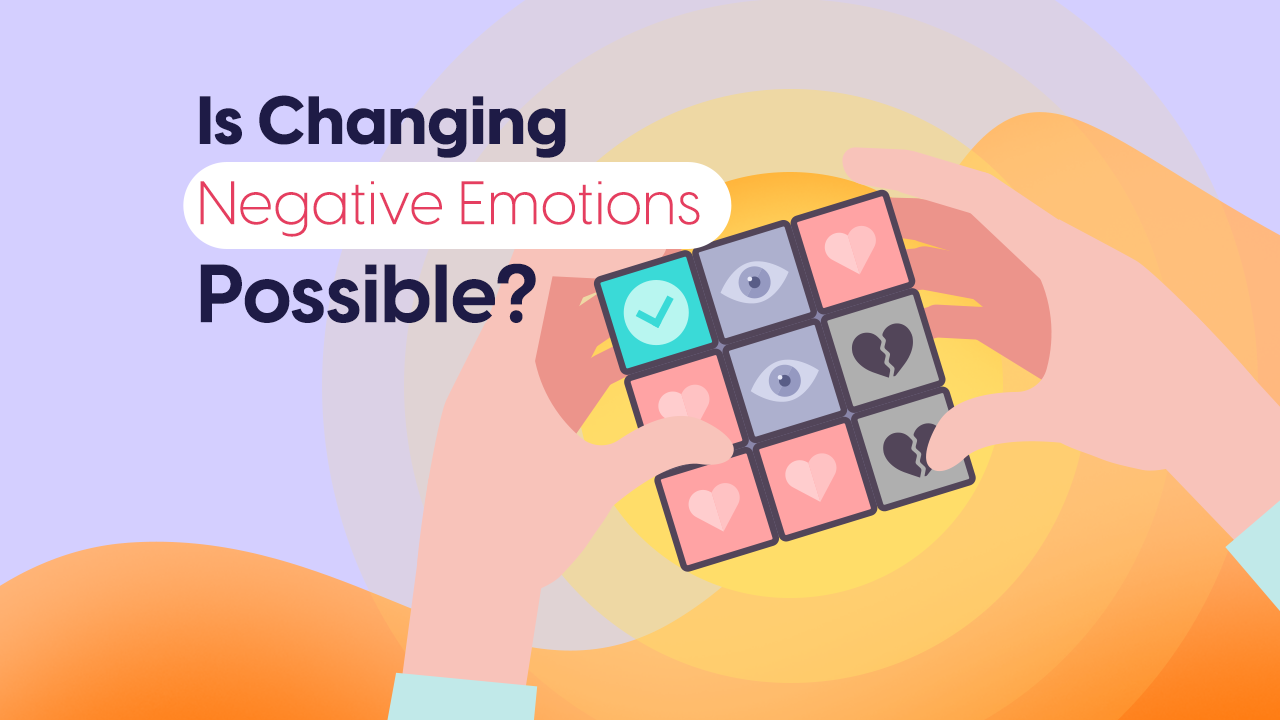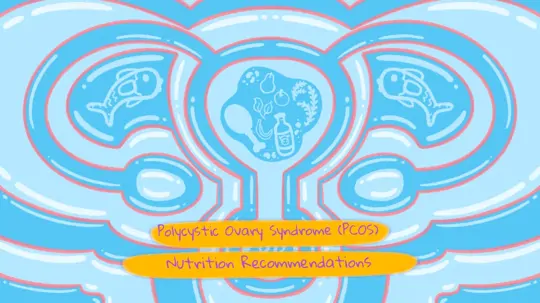
Start feeling better today!
Connect with your therapist today and take control of your life like our 850.000 happy clients.
Get StartedEmotions and Emotion Regulation
Emotions play a significant role in people's lives. Emotions have the ability to control people. It is clear that most people act within the framework of the emotions they experience and feel. Have you ever become very angry and acted in hurtful ways? Or did you yell at your tantrum-throwing child? Or have you ever thought that after receiving harsh criticism for your work, you become depressed and lose sight of what life is all about?
If you answered yes to any of these questions, or if your intense emotions are causing you to engage in negative automatic reactions or behaviors, you are not alone, and this article is for you, because the focus of this article is on emotional regulation, or emotion regulation.
What is Emotional Regulation?
Emotion regulation is the effort to change and influence one's own or other people's emotions. To put it another way, it means being able to control your emotions.
People are exposed to stimuli that elicit one or more emotions in their daily lives. Anger at a vehicle that does not give way while walking on the crosswalks and happiness at the morning greeting of a stranger are two examples of these stimuli.
The emotion generation model is a 4-step model used by experts to explain how emotions occur.
Steps in order:
- Situation
- Attention
- Interpretation
- Response
This sequential pattern goes like this:
A psychological, behavioral, and physical condition exists. A certain part of this condition is paid attention. The situation is evaluated and assessed. This condition elicits a psychological, emotional, physical, and behavioral response. Consider the following example:
A person attending a job interview (condition) notices (pays attention to) the interviewer taking careful notes on a piece of paper in their hand. In this condition, the interviewee believes they will not be hired (evaluation). Their hands start to sweat; their heart rate rises, and they get increasingly anxious (reaction). A person's biological, physiological, psychological, and behavioral reactions can all have an impact on their health. As a result, the job interview may not go as planned.
What are the Benefits of Emotion Regulation?
In many cases, people need to alter and affect their emotions in order to achieve their objectives. Emotional regulation can be visualized as a circle, with the circle beginning when there is a discrepancy between a person's inner or emotional state and their actual state.
Emotion regulation is the process by which people impact and change their own emotions and feelings, as well as how and when they experience and express them.1
According to academic research, people who are able to successfully regulate their emotions have
- A healthier lifestyle
- Higher academic achievement
- A better social life
- Better psychological well-being
- Fewer psychopathological symptoms.
What are Emotion Regulation Strategies?
Some emotion regulation strategies that have been scientifically proven to be helpful are practical in everyday life. These strategies are:
Distraction
The key to this strategy is shifting attention away from an emotional stimulus and toward a non-emotional stimulus. It is also known as attention control.
Consider the example of a job interview. The interviewee became more anxious and concerned as they focused on the interviewer's actions. In this case, they may feel less stressed if they draw their attention away from the distant attitude of the interviewer and to the pen they use while taking notes. As a result, they will be able to act more calmly and successfully during the interview.
Cognitive Emotion Regulation
This strategy seeks to influence the emotion circle's evaluation step. It is also referred to as cognitive assessment.
According to research, a cognitive change or cognitive assessment strategy has a longer-term benefit. Because this strategy requires individuals to reinterpret and evaluate their emotional state as well as the situation they are attempting to avoid. People must also accept and deal with their emotions in order for cognitive change to occur.
In the long run, cognitive assessment reduces the impact of negative emotions by diverting people's attention away from unpleasant emotions.4 The goal of cognitive assessment is not to suppress or ignore negative emotions.
Response Modulation
Response modulation, also known as reaction regulation, reduces the negative effects of negative emotions such as fear, sadness and anxiety.
They can achieve a fast result by changing their emotional, psychological, and physiological states using response modulation. Response modulation is accomplished by altering people's emotional reactions and behaviors.
There are many ways to regulate emotions with the response modulation strategy:
- Breathing exercises: breath control, breathing slowly
- Self-care: taking time for yourself, taking a hot shower, spending time with loved ones
- Meditation: love meditation, mindfulness
- Recalling positive memories: recalling positive memories of distressing situations or people
People in distress who struggle with their emotional state can benefit from emotion regulation strategies. With the strategies outlined above, emotion regulation becomes automatic with daily practice. Emotional regulation will develop over time, much like a muscle.
Things to Consider
It is useful to discuss some things to keep in mind when using techniques and strategies to regulate emotions.
- Suppressing emotions is not regulation.
- Avoiding emotions might make you feel better in the short term, but in the long run, it can make you feel emotions in a dysfunctional way.
- Rumination (repetitive thoughts about emotional events or situations) can lead to missing out on different emotional experiences associated with these events.
Suggestions for Improving Emotion Regulation Skills
- When you experience a negative emotion, focus on it and name it.
- Do mindfulness activities such as yoga and meditation.
- Show self-compassion.
- Discover the calming effect of breathing exercises on your nervous system.
- Start getting therapy.
Sources
- Gross, J. J. (1998). The emerging field of emotion regulation: An integrative review. Review of General Psychology, 2(3), 271-299.
- Gross, J. J. (2008). Emotion regulation. Handbook of emotions, 3(3), 497-513.
- McRae, K., & Gross, J. J. (2020). Emotion regulation. Emotion, 20(1), 1.
- Troy, A. S., Shallcross, A. J., & Mauss, I. B. (2013). A person-by-situation approach to emotion regulation: Cognitive reappraisal can either help or hurt, depending on the context. Psychological science, 24(12), 2505-2514.





